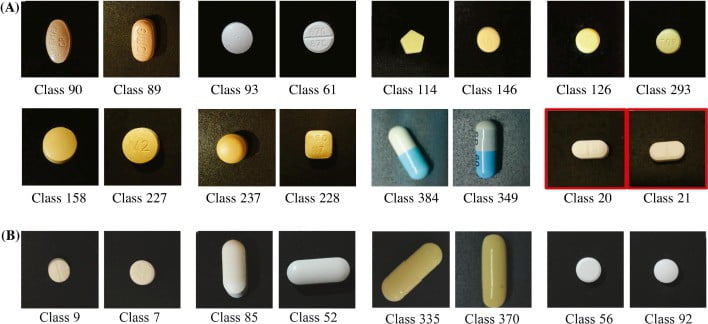In our fast-paced and increasingly complex world, it’s not uncommon to find pills lying around our homes, prescribed or over-the-counter. However, identifying these pills accurately and ensuring their proper disposal can be challenging tasks. In this article, we will delve into the attributes of pills, explore tools that aid in pill identification, address the issue of being unable to identify pills, and provide guidelines on what to do with unused medications.
Table of Contents
Pill Attributes
Before attempting to identify a pill, it’s essential to understand its attributes. Most pills possess distinct features that can help determine their type, dosage, and manufacturer. Some key attributes to look for include:
1. Shape: Pills come in various shapes such as round, oval, oblong, square, and triangular. Identifying the pill’s shape can be a crucial first step in narrowing down its potential identity.
2. Color: Observe the color of the pill, as it can often provide valuable clues. Pills may be monochromatic or have multiple colors, each representing different active ingredients or dosages.
3. Imprints: Most pills have imprints, which are unique codes or markings imprinted on one or both sides. These imprints usually include letters, numbers, or symbols and are essential in identifying the medication.
4. Size: Note the size of the pill, as it can also help differentiate between similar-looking medications.
Tools to Help Identify Pills
Fortunately, there are several tools available to aid in pill identification, making the process more accessible and accurate:
1. Pill Identification Websites: Numerous online databases allow users to enter pill attributes and receive instant results with detailed information about the medication.
2. Mobile Apps: There are smartphone apps specifically designed for pill identification. By using the device’s camera, these apps can match pill attributes against vast databases to provide accurate results.
3. Pharmacist Assistance: If online resources or apps prove insufficient, pharmacists are well-equipped to help identify pills. They possess extensive knowledge of medications and can provide valuable insights.
Inability to Identify Pills

Despite the availability of tools and resources, some pills may remain unidentified due to various reasons:
1. Illegible Imprints: If the pill’s imprints are smudged, damaged, or too faint to read, it becomes challenging to pinpoint the exact medication.
2. Counterfeit Medications: Counterfeit pills may lack proper markings or imprints, making it nearly impossible to determine their content accurately.
3. Foreign Medications: Pills obtained from other countries might not conform to the familiar identification standards, complicating the identification process.
What to Do With Unused Pills
Proper disposal of unused medications is crucial to prevent misuse, accidental ingestion, or environmental contamination. Here are some safe disposal methods:
1. Drug Take-Back Programs: Many communities and pharmacies organize drug take-back events, where you can drop off unused medications for safe disposal.
2. Pharmacy Disposal: Consult your local pharmacy to inquire if they offer disposal services. Some pharmacies have dedicated disposal receptacles for unwanted medications.
3. Household Trash: If no take-back options are available, mix the pills with undesirable substances (e.g., coffee grounds or cat litter) in a sealed bag before placing them in the household trash.
4. Flushing: Some medications, particularly those considered hazardous, might be FDA-approved for flushing. Check the drug’s label or consult a healthcare professional before doing so.
Read More: How To Carry Full-Spectrum CBD In Your Bag While Hiking?
Conclusion
Identifying pills accurately is essential for medication safety, while proper disposal of unused pills is crucial to protect public health and the environment. By understanding pill attributes and utilizing available tools, individuals can make informed decisions regarding their medications. In cases where identification remains challenging, seeking professional help from a pharmacist or participating in drug take-back programs ensures responsible management of unused medications. Together, we can promote safe practices and contribute to a healthier society.


